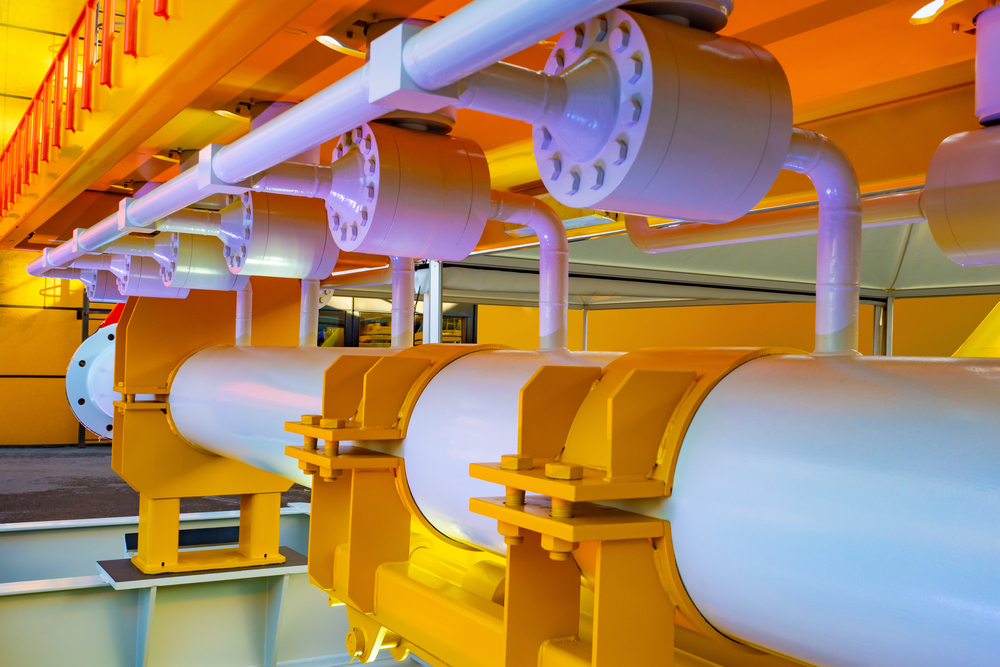In September 2021, the EPA published advance notice of proposed rulemaking, soliciting information and requesting comments to assist in the potential development of regulations for pyrolysis and gasification units that are used to convert solid or semi-solid feedstocks to useful products such as energy, fuels, and chemical commodities.
The units are currently classified as waste combustion under the Clean Air Act (CAA).
An EPA Fact Sheet on the proposed rulemaking reports that the agency has determined “that there is considerable confusion in the regulated community regarding the applicability of these regulations to pyrolysis and gasification units.”
“The regulatory discussion has ramped up in recent days, with numerous activists and lawmakers raising concerns over the technology’s possible climate and environmental justice impacts,” reports Waste Dive in a July 19, 2022, article.
In a letter dated July 14, 2022, several national elected politicians express concern about the pyrolysis, gasification, and other plastic burning processes because there is no guarantee that these processes produce new plastics and, therefore, do not necessarily advance plastic recycling and “lead to the release of harmful pollutants and greenhouse gases (GHGs).”
A separate letter dated July 14, 2022, signed by representatives of more than 100 environmental groups echoes the lawmakers’ concerns and calls out the EPA for enabling the greenwashing of incineration technologies by referring to pyrolysis and gasification as “chemical recycling” or “advanced recycling.”
The plastics industry disagrees and maintains that pyrolysis and gasification processes are imperative to improve the recycling process.
“Pyrolysis and gasification units are the crux of advanced recycling facilities that convert post-use plastic into feedstocks for remanufacturing into valuable virgin-quality plastics,” states a September 27, 2021, article by the American Chemistry Council (ACC), written in response to the EPA’s proposed rulemaking. “Since 2017, 14 states have enacted laws appropriately regulating advanced recycling as a manufacturing process, as opposed to solid waste disposal or incineration. The [ACC] supports the regulation of advanced recycling facilities as a manufacturing process because advanced recycling facilities receive plastics feedstock as a raw material and manufacture it into a higher value commodity in processes that do not involve incineration.”
In comments submitted in response to the proposed rulemaking, the Plastics Industry Association supports the ACC’s position and asserts:
- “Advanced recycling technologies are critical to addressing the increased demand for plastic recycling and recycled content in products;
- “Pyrolysis and gasification processes are in fact advanced recycling technologies, and should be treated as such;
- “Products made with material outputs from these processes contain actual or attributed recycled content; and
- “These processes are already properly regulated as advanced recycling technologies, and new regulations under Section 129 (of the CAA) would have a chilling effect.”
The Waste Dive article reports that requests for comment by the EPA on the issue have gone unanswered and there is no indication from the agency as to when a final decision will be reached.

